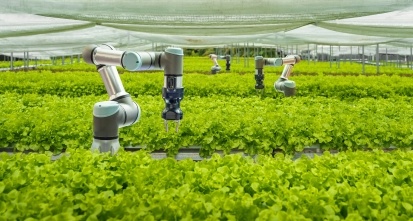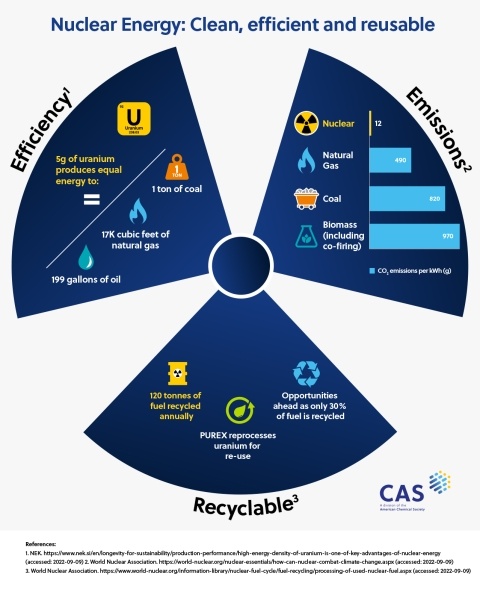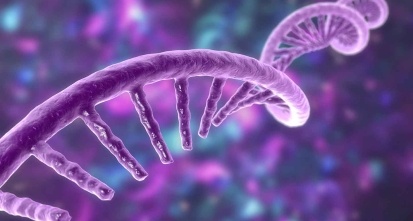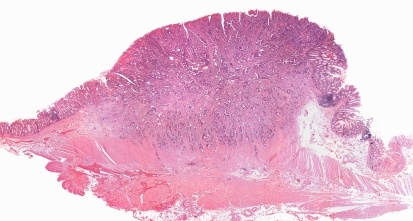Gain new perspectives for faster progress directly to your inbox.
Check the spelling in your query or search for a new term.
Site search accepts advanced operators to help refine your query. Learn more.
Dark data in R&D: How knowledge management can uncover hidden value
Jennifer Sexton , Director/CAS Custom Services
Share:

Dark data in R&D: How knowledge management can uncover hidden value
Dark data is defined by Gartner as “the information assets organizations collect, process, and store during regular business activities, but generally fail to use for other purposes.” As no one knows what data is there or how to access it, the insights it contains remain in the dark.
Research and development (R&D) teams amass huge quantities of complex data over long periods of time which, if exploited correctly, can be a plentiful source of useful information to improve decision-making and drive innovation. However, data can become compartmentalized in multiple disconnected database systems with limited ability to be searched, which makes accessing the truly relevant parts extremely difficult and time-consuming.

In effect, a company’s own data can be hidden from its researchers, meaning that experiments might be unnecessarily repeated leading to time and cost implications. Alongside concealing data, current data management systems can struggle to connect internal data with external sources; this is a missed opportunity for generating more comprehensive and complete knowledge management.
It is estimated that 55 percent of data stored by organizations is dark data. Yet, around 90 percent of global business and IT executives and managers agree that every organization will need to extract value from this unstructured data to be successful in the future.
Put simply, if information continues to be collected, stored, and left unused, it will continue to exist as dark data. So how can organizations shine a light on their valuable R&D data? Here are a few ways to uncover its hidden potential:
1. Determining where the most valuable R&D data is hiding
To alleviate the barrier of R&D data sitting in silos, a crucial first step is to determine which data collections are most valuable to enable discoverability; it is imperative to enable intuitive access to experimental results and findings to relevant individuals across the organization.
Is there knowledge that organizations are investing time and resources collecting, but is kept as dark data without future re-use? When brought to light, past experimental data and research findings can guide wise investments and prevent repeating experiments.
2. Making R&D data visible through knowledge management strategies
Knowledge management in R&D must not only consider capturing information, but also include intentional data management to guide decision-making. Organizations can only succeed in converting data into useful knowledge if they can successfully organize it in a way that is searchable, connected, and easy to access. The data may not be used all the time, but it needs to be findable when relevant.
To take advantage of the insights they own, organizations need the right IT solutions and expertise to create data management frameworks to organize R&D data. One common challenge faced is harmonizing scientific terminology across information sources. Without maintaining consistent scientific context, vital information can be missed during database searches.
CAS uses specialized lexicons, ontologies, and taxonomies paired with proprietary substance comparison technologies and expertise of scientists to standardize scientific language. This ensures critical information researchers need is at their fingertips.
3. Reaping the benefits of well-organized and accessible R&D data
Well-structured and readily accessible R&D data improves efficiency. Not only is time saved on searching for the required data, but unnecessary repetition of experiments can be avoided leading to time and cost savings. Another major benefit is that strategic decision-making can be accelerated and improved, helping an organization maintain a competitive edge.
CAS goes one step further than simply finding data – they also connect information internally and to the world’s science. This case study featuring a custom knowledge management solution shows how an organization’s documents can be securely linked to and augmented by the CAS Content CollectionTMor even to custom-curated data from a particular industry to make internal data more robust. Trends, collaborators, and competitors can be identified when concepts in internal research are connected other similar publications and patents from around the world.
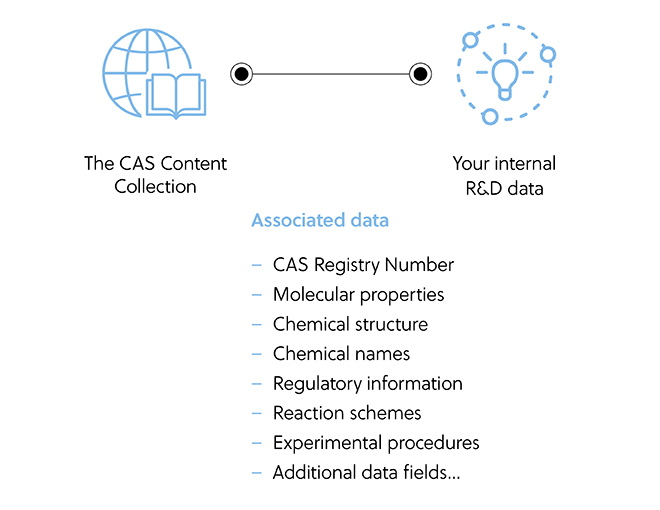
Custom knowledge management design in action
CAS Custom ServicesSM builds solutions for storing and connecting existing data in a structured format, allowing all employees to access valuable R&D data in a straightforward and efficient manner.
Find out exactly how our solutions can benefit you.
We invite you to contact CAS Custom Services to discuss how CAS can meet your unique knowledge management needs.
CAS reveals the full potential of an organization’s digital assets with similar processes to the one it uses to curate the world’s published science. Our knowledge management solutions move beyond standard keyword search and enable scientific context. By curating, connecting, and analyzing internal documents, organizations can search the full text of once-hidden documents, connect similar concepts and substances, and search by concepts tailored to their specific discovery focus.
Connecting an organization’s data to the world’s science allows for improved decision- making, faster innovation, and makes your data more valuable.
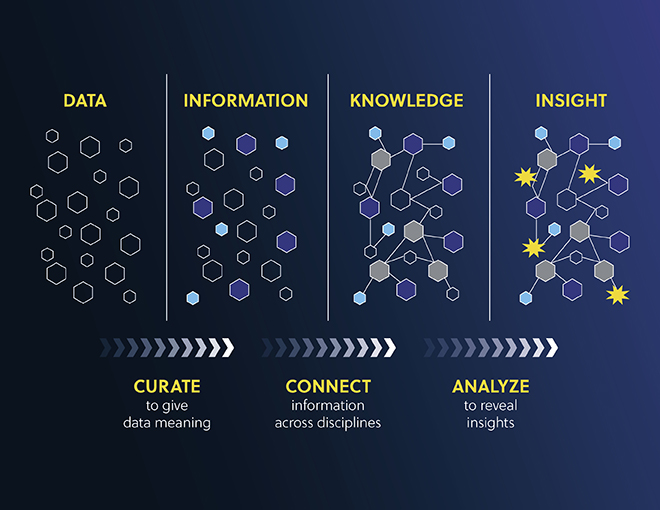
See how our innovative information solutions have driven discovery in a large health-tech organization. Learn more by downloading our case study, “Unravel the potential of internal R&D data: Curate and connect for searchable insights”.
Gain new perspectives for faster progress directly to your inbox.
Related Insights
Share:
Gain new perspectives for faster progress directly to your inbox.
Dow and CAS Announce Strategic Collaboration to Accelerate R&D Capabilities and Efficiency
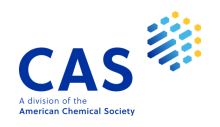
Nuclear energy could be the key to cutting global emissions
Tatyana Konovalova , Information Scientist/CAS
Share:
While many people think nuclear is a scary or dangerous form of energy, there are new approaches to nuclear power that reduce risks, increase the recyclability of nuclear wastes, and have low emissions. See why these emerging trends and new recycling approaches are redefining nuclear energy for the future in our latest article.
Gain new perspectives for faster progress directly to your inbox.
Gain new perspectives for faster progress directly to your inbox.
Related Insights
Share:
Gain new perspectives for faster progress directly to your inbox.
ACS webinar on molecular glues and targeted protein degradation
Janet Sasso , Information Scientist, CAS
Share:
Molecular glues and targeted protein degraders are changing the landscape of drug discovery. This approach ‘sticks’ proteins of interests to E3 ubiquitin ligases of the ubiquitin-proteasome pathway, which helps with protein turnover and removes excess or damaged proteins within the body. Learn more about their rise in oncology, inflammatory, and immune disease treatment through trends, protein targets, scientific mechanisms, and more in our latest article.
Expert perspective from panelist Janet Sasso
This webinar hosted by Angela Zhou, occurred live on October 5th, 2022 with several outside experts:
The opening section focused on the landscape analysis, research trends, key ligases targeted, and a more connected view of the emerging players and therapeutic areas. You can learn more in our detailed Insight Report.
Key highlights from the webinar
Dr. Ebert started off with discussing some of the natural molecular glues such as Cyclosporin and molecular glues that do not utilize the E3 ligase for protein destruction, such as FK-506. He also discussed more in-depth, thalidomide analogs that are being explored further in the field and at Dana-Farber. Additionally, he discussed some of the practical challenges of leveraging genetic libraries and screenings to help identify and understand the mechanisms of these novel structures.
Dr. Chamberlain initiated his presentation with how molecular glues confer neomorphic function to the body’s cellular machinery. He focused on the thalidomide analogs as prototype glues and the challenges of advancing these with species resistance to the transcription factor IKZF1 and the identification of SALL4 as the major driver of teratogenicity. Finally, he shared a few practical takeaways from lessons learned around the challenges of library design, screening, and validation specific to molecular glues.
To wrap up, attendees asked a wide range of questions: from basic molecular glue construct(s) to more advanced modeling questions. In short, this was an engaging panel that highlights future opportunities with molecular glues, targeted protein degraders, and the treatment of diseases with high unmet needs moving forward. See the recording and the associated slides from the webinar here.
Gain new perspectives for faster progress directly to your inbox.
Gain new perspectives for faster progress directly to your inbox.
Related Insights
Share:
Gain new perspectives for faster progress directly to your inbox.
Share:
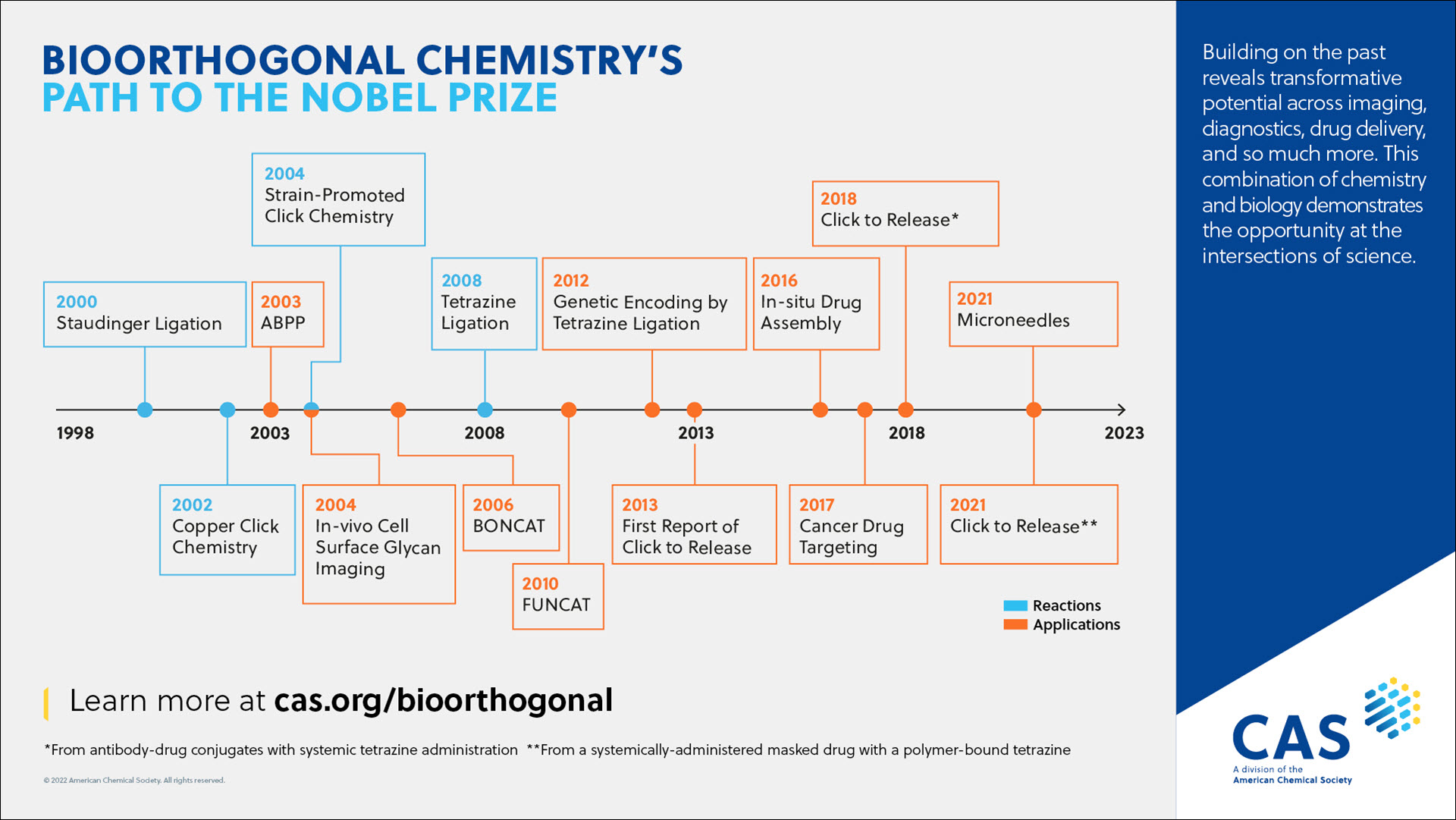
Whether you’re brand new to the concept or an expert, we have a full line of resources on bioorthogonal chemistry: An in-depth landscape view of the field in our latest Insight Report, a more detailed peer-reviewed Journal Publication in Bioconjugate Chemistry, a quick article on the role of Sugars in Bioorthogonal Chemistry and a quick overview article on click chemistry and bioorthogonal chemistry
Gain new perspectives for faster progress directly to your inbox.
Gain new perspectives for faster progress directly to your inbox.
Share:

The 2022 Nobel Prize in Chemistry goes to Carolyn R. Bertozzi, Morten Meldal, and K. Barry Sharpless for the development of click chemistry and bioorthogonal chemistry. Their work describes reactions that can be used to rapidly connect molecules under ambient or biological conditions. This research has wide applications and has been used from polymers and pharmaceuticals to studying biological mechanisms and developing new biotherapeutics.
CAS Resources on bioorthogonal chemistry: Insight Report, Journal Publication in Bioconjugate Chemistry, Article on the role of Sugars in Bioorthogonal Chemistry
What is click chemistry?
Click chemistry is a set of rapid and specific reactions for assembling fragments into more complex structures. The term click chemistry was coined by Professor K. Barry Sharpless, who envisioned the formation of enzyme inhibitors by coupling smaller molecules in the active site of an enzyme. His and Morten Meldal’s laboratory developed regioselective copper-catalyzed versions of the Huisgen cycloaddition of azides and terminal alkynes to form 1,2,3-triazoles. This method has been used for the preparation of polymers, antibodies, and pharmaceuticals because of its ease and reliability. Other click reactions, such as thiol-ene and SuFEx reactions, have also been developed, particularly for use in polymers.
About 30,000 documents in the CAS databases have used the concept “click chemistry”. The earliest reference to “click chemistry” in the CAS databases was in 1999 (“Click chemistry: a concept for merging process and discovery chemistry” (with H. C. Kolb), Book of Abstracts, 217th ACS National Meeting, Anaheim, Calif., March 21-25 (1999), ORGN-105 Publisher: American Chemical Society, Washington, D.C.) while the group’s earliest reference on the azide-alkyne cycloaddition reaction was in 2002. The most cited document by the Sharpless group on click chemistry, “Click chemistry: diverse chemical function from a few good reactions” has been cited more than 11000 times.
What is bioorthogonal chemistry?
Bioorthogonal chemistry (a term first used by Carolyn Bertozzi in the late 1990’s) describes reactions that occur rapidly under biological conditions (at or near room temperature, in aqueous solutions, in the presence of biological molecules, and at low concentrations). Many molecules with different functional groups are present in cells, and reactions that react selectively with a single functional group would be useful to understand the behavior of biological systems.
Carolyn Bertozzi and her research group first developed the Staudinger reactions of azides with ester-substituted triarylphosphines for use in the study of carbohydrates in biological systems. Copper catalysts necessary to make azide-alkyne cycloadditions rapid under biological conditions at room temperature are toxic to cells. The Bertozzi laboratory developed strained cyclic alkynes based on work performed by Wittig and Krebs in the early 1960’s. The cyclic alkynes undergo strain-promoted azide-alkyne cycloadditions (SPAAC) without a catalyst and at room temperature and, thus can be used in living cells. SPAAC has been important for viewing and understanding biological processes in living cells. A variety of other bioorthogonal reactions have been developed.
Roughly 3000 documents in the CAS databases have used the term “bioorthogonal chemistry”, of which the earliest reference was to the Ph. D. thesis of G. A. Lemieux, a doctoral student in Professor Bertozzi’s laboratory. The development of bioorthogonal reactions by Professor Bertozzi’s laboratory is discussed in “From Mechanism to Mouse: A Tale of Two Bioorthogonal Reactions”. An overview of bioorthogonal reactions is given in a separate review, which is also the most cited article by the Bertozzi group discussing bioorthogonal chemistry, with more than 2400 citations.
What does the path to the Nobel Prize look like?
Bioorthogonal chemistry has grown remarkably in the last two decades and has found more widespread use in recent years. Notable developments and applications in the field are summarized in the timeline here.
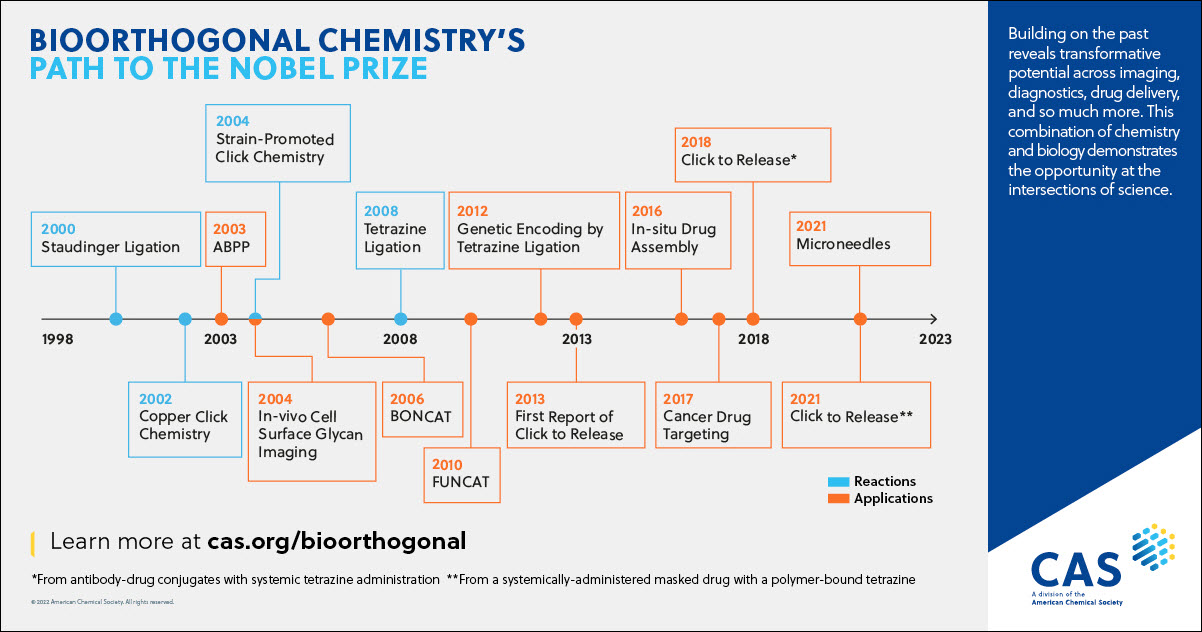
Additionally, the CAS Content Collection was analyzed to compare the rise in publications of bioorthogonal terms and the increase in applications of bioorthogonal chemistry.
This shows that imaging was the single biggest use of bioorthogonal chemistry between 2010 and 2020, followed by pharmaceutical applications. The use of bioorthogonal chemistry for labeling was reported in nearly as many documents as its use in pharmaceuticals, though labeling is likely to represent a variety of uses not otherwise characterized. Similar numbers of documents used bioorthogonal chemistry in hydrogels or diagnostic agents for mechanistic or mass spectrometric studies.
What are the opportunities ahead for bioorthogonal chemistry?
The fields of imaging, diagnostics, and drug delivery have been transformed by these approaches, but there are more opportunities ahead in the following areas:
- Explore the development of reactive partners with improved biological stabilities, or simplify methods by eliminating the need for catalysts (reducing toxicities)
- Multiple labeling could allow for easier exploration of biologic mechanisms and more reliable diagnostic agents
- Improved light-activated chemistries could minimize damage to organisms and allow imaging from even deeper within living organisms
These methods have enabled easier and more reliable synthesis, a better understanding of biological mechanisms, and the development of more effective and selective treatments. Their work has advanced progress across chemistry, biology, and medicine, enabling work that otherwise would not be possible. For a unique landscape view of this field, download our Insight Report that builds upon the historical trends to highlight the opportunities ahead for bioorthogonal chemistry, or check out the peer-reviewed publication.
Gain new perspectives for faster progress directly to your inbox.
Gain new perspectives for faster progress directly to your inbox.
Related Insights
Share:
Gain new perspectives for faster progress directly to your inbox.
CAS Launches Innovation Incubator to Partner with Early-stage Innovators






